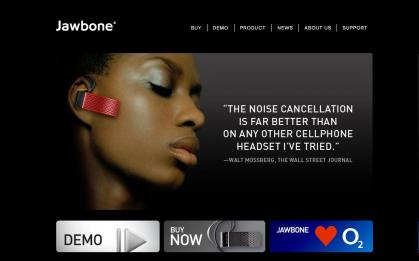Task management is an underserved niche. The monthly search for task management are less than 10% of those on project management. Task management is poise to growth and become central. It answers a fundamental business need and it is underserved by available business applications. Every manager does task management somehow. They are either using Outlook calendar or to-do list applications. Outlook and To-Do list have a very limited capability for scaling to business needs of operations. Continue reading Task Management
Moody’s rates Moody’s’ negatively.
It appears that overconfidence in Moody’s was one of Desjardins biggest mistake in this matter. The irony here is that Moody’s rate negatively institutions (Desjardins) that are in difficulty because they relied on Moody’s positive rating of certain financial product. It sound like Moody’s rates Moody’s’ negatively.
The Credit Crisis
The current financial crisis is a serious situation because it affects the foundation of the banking system: trust.
In most cartoons, the image of a bank is that of a safe behind bars, protected by security guards. This concept represents the essence of a bank, a place you trust to keep your money. Trust is so important that in a bank, all decisions are based on the impact that the decisions will have on the bank’s reputation.
Many years ago, banks realized that they could lend money in return for an interest rate.
The 10 most common design mistakes on the Web
- Not understanding the nature of the Internet. Too often, design teams think of the Internet as a pushing media such as television or radio. Users’ behavior on the Internet is different than when they are reading books or newspapers, listening to the radio or watching television. For example, when browsing, users have goals and look for information. If they don’t find what they are looking for, they will leave the page after 8 to 12 seconds. Users scan web pages. They don’t read. If something looks like an ad, they will rapidly look someplace else.
- Continue reading The 10 most common design mistakes on the Web
On Education: Take 2
I am currently reading the latest biography of Albert Einstein by Walter Isaacson. I then decided to download the original 1905 paper of Einstein on the special theory of relativity. I was very impressed to see how beautifully Einstein exposed his theory but at the same time, very shocked to realize how poor the teaching I received about this was.
The Mechanics of Politics in IT: Part 1
Last year, the government of Quebec asked Cognitive Group to do a heuristic evaluation (expert evaluating usability with a list of usability heuristics) and usability testing of their web portal. First, heuristic evaluation is not reliable because:
The Irony of Project Management: the practitioner’s view
I was recently hired by an important financial institution from Canada to help them assess their strategy for a transition to a new a version of their content management software. Content management software is a portion of an imaging system that allows users to scan documents, index an image, retrieve and view image documents. Continue reading The Irony of Project Management: the practitioner’s view
Leading change: the practitioner’s view
A few years ago, I was in a group that got lost during a hiking trip. One member of the group said “I know the way out. We just have to turn right and walk in that direction for 10 minutes; we will see a little farmhouse and the road to civilization”. He was sure of himself. We followed his lead but after 15 minutes of walking, no sign of the little farmhouse. The group began questioning the direction. After a while, it became obvious that we were led in the wrong direction. This leader failed and the magnitude of his failure was greater because of the high degree of confidence he expressed.
This graph shows the evolution of George W. Bush’s approval rating over time. His approval rating rose to 68% in March 2003, at Continue reading Leading change: the practitioner’s view
Simplicity: the Jawbone web site
In the: 10 things to do for the success of your web site – the practitioner view, I wrote in 8. Don’t reinvent the wheel: A simple menu and the browser’s back and forward button are Ok for most of the cases. Here is a sublime example of Web site simplicity. Jawbone, designed by FuseProject, one of the most innovative design firm based in SanFrancisco. Users can grab all elements in less than two seconds.
Say a lot with less!
10 things to do for the success of your web site – the practitioner view
1. Know what is important. 1. Bring users to your site, 2. Ensure usefulness and usability, 3. Maximize trust. You will make much more money trying to bring users to your site and ensuring good usability than trying to have beautiful flash and look. Most users care only about finding rapidly what they are looking for and achieving their goals. They don’t care Continue reading 10 things to do for the success of your web site – the practitioner view

